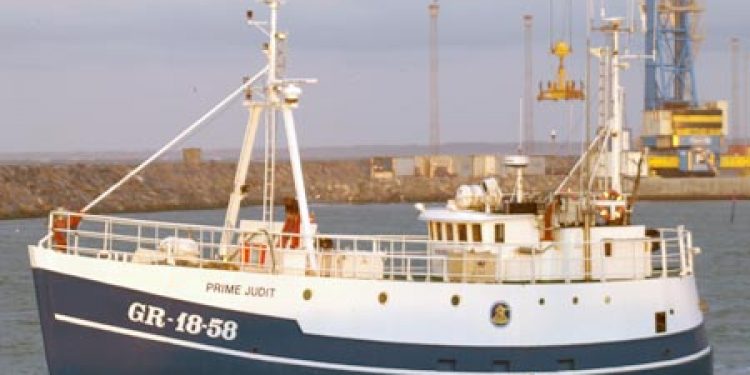A Canadian team of scientists that has studied catches in Arctic fisheries 1950-2006 has found them to be almost 75 times bigger than what had been reported to the FAO.
The findings by a group of researchers at the University of British Columbia in Vancouver are particularly interesting in light of the receding ice in the area: optimists see it as a new promising source for providing the world’s population with fish, while others see it as a potential field for conflict between surrounding nations who want to claim its natural resources for themselves.
“Ineffective reporting, due to governance issues and a lack of credible data on small-scale fisheries, has given us a false sense of comfort that the Arctic is still a pristine frontier when it comes to fisheries,” says Dirk Zeller, a senior research fellow at UBC’s Fisheries Centre and lead author of the new study.
This time the research team, led by Professor Daniel Pauly, a world authority, reconstructed fisheries catch data from various sources, including limited governmental reports and anthropological records of indigenous population activities.
This led to an estimate of catches in the area 1950-2006 totalling 950,000 tonnes, as compared to the official FAO figure of 12,700 tonnes, based solely on statistics supplied by Russia.
“Our work shows a lack of care by the Canadian, U.S. and Russian governments in trying to understand the food needs and fish catches of northern communities,” says Pauly.









